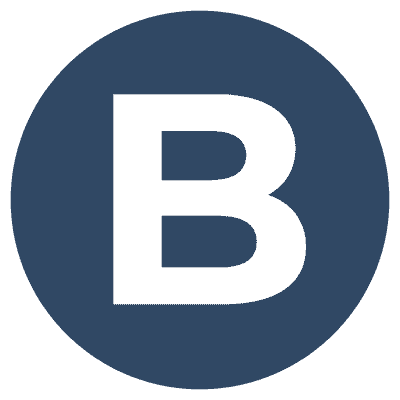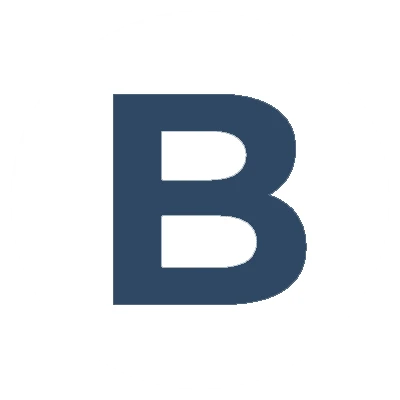
Question: What Cabinet Style is More Expensive?
Answer: The cabinet styles that are more expensive indluee custom and inset cabinetry are generally the most expensive, followed by full overlay. Partial overlay and frameless cabinets tend to be more budget-friendly.
Cabinet Costs: A Style Guide
Cabinet selection presents a significant decision during kitchen or bathroom renovations. Style significantly influences cost. This guide clarifies cost differences between various cabinet styles.
Framing and Construction
Cabinet construction methods directly impact cost. Generally, frameless cabinets cost less than framed cabinets. Frameless cabinets utilize thicker box material and lack a face frame, reducing material and labor costs. Framed cabinets require additional material and assembly steps, increasing overall expenses.
Please visit this page to learn more about Blue Kitchens
Related Article: What is the Most Expensive Cabinet Material?
Related Article: What Type of Cabinets Last the Longest?
Material Choices for Cabinetry
Cabinet material dramatically affects the final price. Solid wood remains a premium choice, reflecting its durability and natural beauty. However, it also commands a higher price than manufactured wood options. Plywood, particleboard, and medium-density fiberboard (MDF) offer budget-friendly alternatives.
- Natural beauty and durability.
- Higher cost due to material scarcity and manufacturing processes.
- Strength and stability.
- Mid-range cost option.
- Cost-effective alternatives.
- Susceptibility to moisture damage.
Solid Wood:
Plywood:
Particleboard/MDF:
Decorative Details and Hardware
Decorative elements, like intricate carvings, moldings, and specialty finishes, contribute to higher cabinet costs. Hardware choices, from simple knobs to ornate pulls, also influence the overall budget. Basic hardware provides cost savings, while designer hardware can significantly increase expenses.
- Add visual interest and detail.
- Increase manufacturing complexity and cost.
- Glazes, distressing, and custom paints elevate cabinet appearance.
- Add to the overall project cost.
- Functional and decorative.
- Wide price range based on material and design.
Carvings and Moldings:
Specialty Finishes:
Hardware:
Custom vs. Stock Cabinets: Price Points
Custom cabinets, built to exact specifications, allow for complete design control. However, this personalized approach carries a higher price tag. Stock cabinets, pre-manufactured in standard sizes and styles, offer a budget-friendly solution. Semi-custom cabinets provide a middle ground, allowing for some modifications to stock designs.
- Maximum design flexibility.
- Highest cost due to individualized production.
- Balance of customization and cost-effectiveness.
- More design options than stock cabinets.
- Readily available and affordable.
- Limited design choices.
Custom Cabinets:
Semi-Custom Cabinets:
Stock Cabinets:
Installation Costs: A Factor to Consider
Installation constitutes a notable portion of overall cabinet expenses. Complex designs and custom installations naturally require more labor and thus higher costs. Similarly, the project’s location can influence installation prices. Urban areas, for example, often present higher labor costs than rural locations.
Hidden Costs to Be Aware Of
Beyond the obvious cabinet and installation expenses, other costs may arise. These may include demolition and removal of old cabinets, adjustments to existing plumbing or electrical systems, and unforeseen repairs.
- Disposing of old cabinets adds to the project cost.
- Modifications to accommodate new cabinets may incur additional expenses.
- Budget for potential surprises during installation.
Demolition and Removal:
Plumbing/Electrical Adjustments:
Unforeseen Repairs:
Conclusion
Many factors influence cabinet pricing. By understanding the relationship between style, materials, and construction, you can make informed decisions that align with your budget and design vision. From frameless construction and overlay doors to selecting cost-effective materials and hardware, options exist to manage cabinet expenses effectively. Incorporating potential hidden costs into your budget ensures a realistic financial plan. Careful planning and consideration of these elements will help you achieve your desired kitchen or bathroom renovation within your budget constraints.

Blue Malue Get in touch with Blue here.
